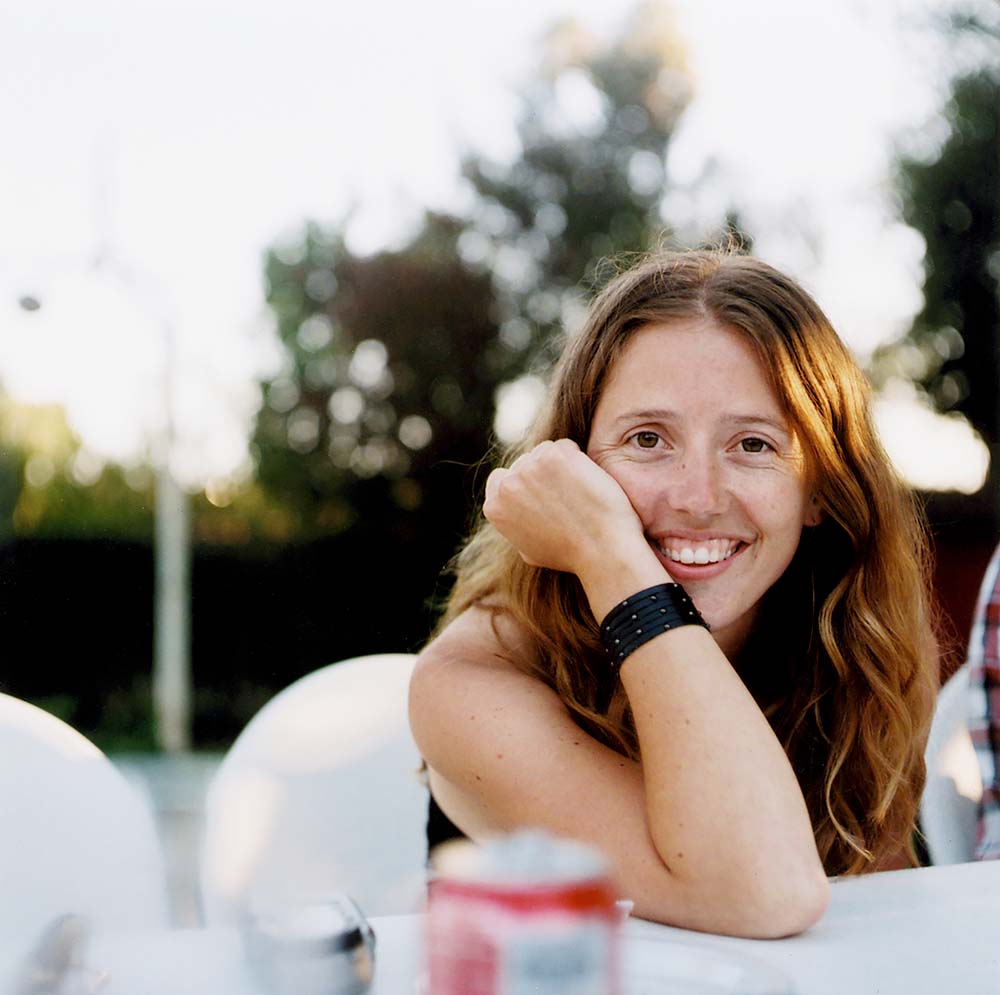Amy Anderson is an award-winning portrait photographer living in Minneapolis, Minnesota. Her work has been exhibited internationally and hangs in local and national galleries, museums and private collections. She has had works acquired by the Museum of Fine Arts, Houston and the Florida Photographic Museum. She has received the prestigious Minnesota State Arts Board grant in 2012 and again in 2018 resulting in several solo shows. Funded again in 2021 by the state of Minnesota, she is currently working on a new body of portraits exploring ways to encourage reconnection in her own community after a time of isolation and unrest.
Statement
I strive to impact my community by creating authentic portraits that explore the universal themes that connect us as humans. My practice has been to live alongside a community and create connection with the people I photograph in hopes of presenting a meaningful image of a an individual to our larger collective community.
I have completed several large, multi-year projects including At Risk, With Promise ; a series exploring the challenges and triumphs of at-risk youth in Minnesota. Over the course of this project I explored themes like marginalization and resilience, adolescence and personal growth, disconnection and intersecting identities. At Risk, With Promise culminated in a full and completed body of work that received recognition and was included in many local and national exhibitions.
In 2018 with funding from the Minnesota State Arts Board, I began a new body of work exploring these and other themes in the context of several different communities, most significantly the elderly. Working closely with one woman, Rose Kaprelian, allowed me to dig deeper into the everyday realities of this nearly invisible marginalized group. As a nonagenarian in a culture increasingly connected by technologies that are foreign and largely inaccessible, women like Rose face isolation and stagnation as they age. This work is developing to encompass many universal themes from a unique perspective as well as preserving voices that are fading from our collective conversations.
During the isolation and uprising in my city in 2020 I continued to make portraits as a way to document and explore the events that changed our world. From window portraits of those who were isolated to protest photos of those who marched, each image was an attempt to connect with my community and explore the changing landscape in which we found ourselves. I continue this exploration daily.
